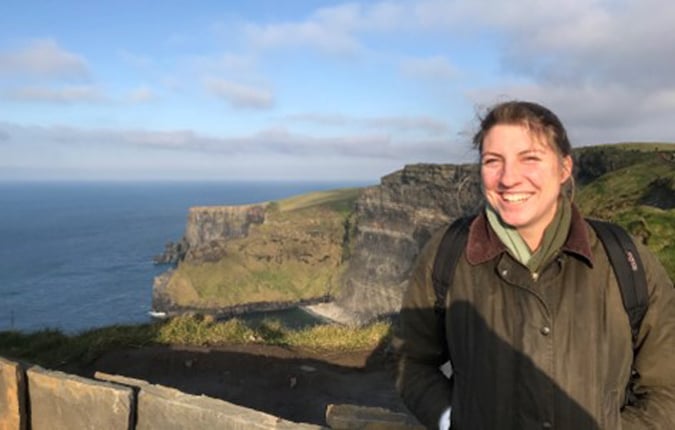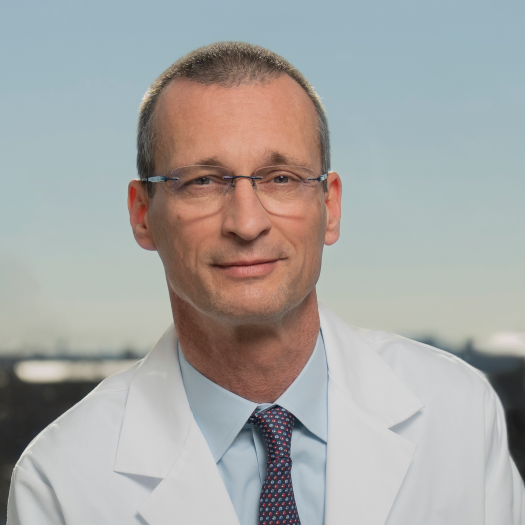
Lifesaving Surgery
By Bishop, a Children's National patient

I don’t remember what happened. My sister says I collapsed. I woke up two days later in a hospital. After four days, cardiologists discovered "anomalous left coronary artery from the pulmonary artery (ALCAPA)." This meant my left coronary artery arose abnormally from my pulmonary artery, instead of the aorta, the largest artery, as it does in healthy people.
My parents and I researched doctors in the United States with the most expertise in correcting this rare congenital heart defect. Yves d’Udekem, MD, chief of Cardiac Surgery at Children’s National Hospital and Charles Berul, MD, chief of Cardiology quickly rose to the top of that list. They were also close to home.
They said my case was one in a million because my heart defect had gone undetected when I was a baby. Most infants with ALCAPA don't live past a year without treatment. Drs. d'Udekem and Berul understood the urgency and scheduled the surgery within days. They both were kind, thorough and serious. I trusted them with my life.
Every single person at Children’s National was compassionate. The phlebotomists who collected my blood helped me through my fear of needles. The surgical team let me delay anesthesia so I could see the operating room where my 6- to 8-hour surgery would take place. Being at Children’s National meant a lot of comfort. The recovery nurses were incredibly kind and highly trained. Thanks to my doctors and their team, this scary episode had the best possible outcome.
Departments that Treated
Care Team


Be the Reason a Child Smiles
Every day at Children’s National Hospital, lives are changed through compassionate care and groundbreaking discoveries. Your charitable donation helps us deliver expert treatment and hope to thousands of children and families.
Meet the patients whose stories inspire us—and see the difference your support makes.








